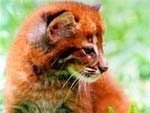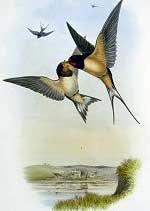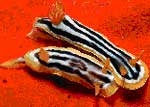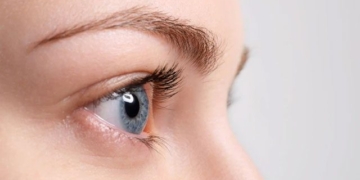Invasive House Mice Becoming Increasingly Carnivorous, Preying on Adult Albatrosses on Marion Island, Raising Concerns Among Conservation Experts.
Adult Albatrosses on a remote island are being attacked and preyed upon by invasive house mice. These mice have been causing disruption to the ecosystem on Marion Island, located between South Africa and Antarctica, for decades, feeding on many native invertebrates and the chicks of various seabird species breeding there. However, researchers have recently discovered that they are now attacking adult albatrosses on the island. “If mice start attacking adult birds, it is truly a significant problem,” stated Maëlle Connan, a researcher at Nelson Mandela University in South Africa.

Dead adult wandering albatross suspected to have been killed by mice. (Photo: Michelle Risi).
Covering an area of 298 km2, Marion Island is half the size of Chicago but is home to a variety of wildlife, including king penguins, elephant seals, and seabirds like the wandering albatross (Diomedea exulans), one of the largest flying birds in the world. The island was free of any land mammals until the 19th century when house mice (Mus musculus) were brought by humans via ships.
Since then, house mice have decimated many invertebrate populations and native plants on the island. However, in recent decades, local mouse populations have exploded, likely due to increasingly warm and dry weather attributed to climate change. They have also become more opportunistic feeders. In 2003, researchers found that house mice were consuming the chicks of wandering albatrosses on the island.
Currently, house mice are starting to target adult birds. In April, the research team discovered the carcasses of eight adult wandering albatrosses that died within a few weeks of each other. The remains showed signs of mouse attacks, including wounds on the wing joints. Blood evidence suggested that these injuries occurred while the birds were still alive.
Wandering albatrosses have a wingspan of 3 meters, making them significantly larger than house mice, but they have evolved to live on islands without mammalian predators. According to Anton Wolfaardt, a seabird researcher involved in the Mouse-Free Marion Project, albatrosses lack defensive mechanisms to cope with invasive mice. This project is an initiative of the South African government and the non-profit organization BirdLife.
Researchers are still uncertain about the exact cause of the albatross deaths, but it may stem from infections resulting from mouse bites or even starvation if the birds are too injured to fly out to sea and forage. In the long term, this predation behavior could significantly impact the global population of wandering albatrosses, as one-quarter of this species resides on Marion Island.
Recently, house mice have also attacked adult albatrosses in other hotspots, such as the Tristan albatross (Diomedea dabbenena) on Gough Island in the South Atlantic and the Laysan albatross (Phoebastria immutabilis) on Midway Atoll in the Pacific. This trend is alarming for this threatened bird group. Of the 22 albatross species worldwide, 9 are classified as vulnerable or critically endangered.
The Mouse-Free Marion Project plans to distribute rodenticide across the island. Conservation experts hope this measure will eradicate the mice. Local seabirds primarily forage at sea, and invertebrates are not affected by the rodenticide, so this approach specifically targets invasive mice living on the island. If successful, the ecosystem of Marion Island may begin to recover.





















































